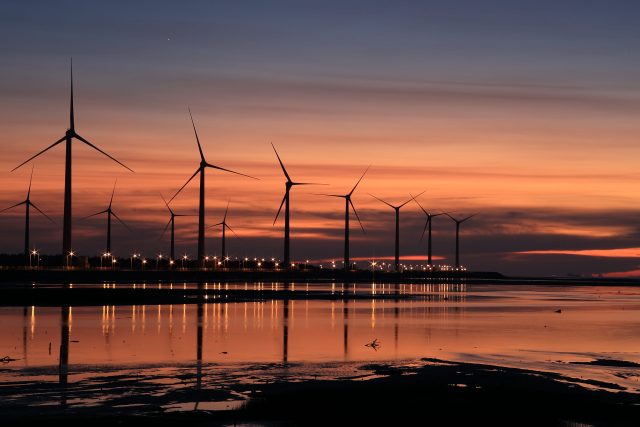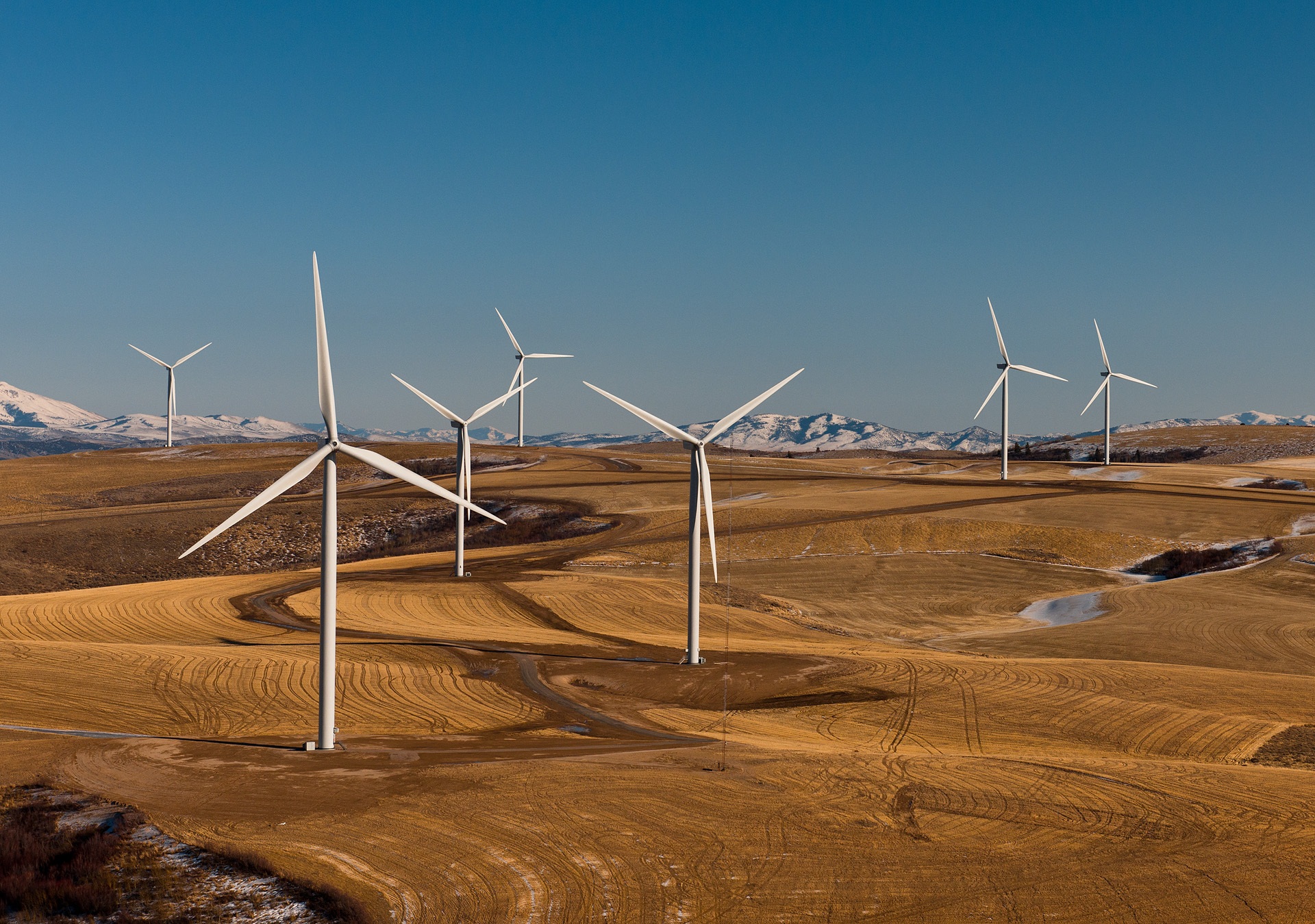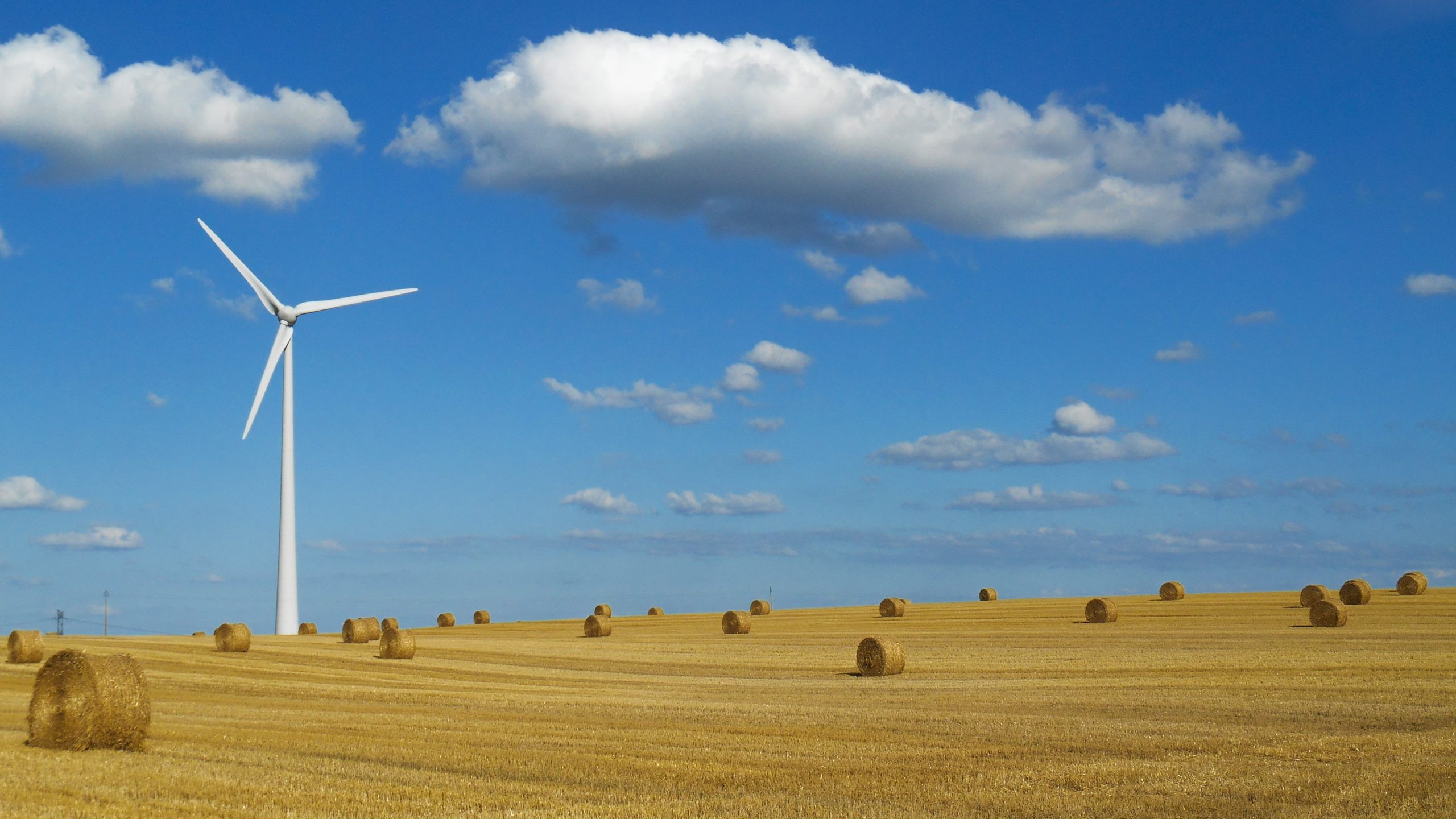
The European Union will have to make significant efforts to develop the offshore wind energy sector, which plays an important role in achieving climate targets, in the current energy crisis. Problems in the supply chain are likely to lead to delays in building the necessary infrastructure, which also requires substantial investment. The same risk hangs over Romania’s project to install wind power plants in the Black Sea, which should be operational by 2032.
The crisis in the wind energy sector, which has been increasingly felt in Europe since last year, risks delaying projects to install new wind energy production capacity. Serious problems have arisen in supply chains, which are not keeping up with demand and are under pressure from rising inflation, geopolitical tensions and increased global competition. In addition to developing onshore generation capacity, the European Union has set an ambitious target of installing a total of 500 GW of offshore wind generation capacity in member countries and neighbouring countries such as the UK and Norway by 2050. To reach these targets, the EU needs a substantial increase in orders and will need to build additional transmission lines.
EU investment in wind energy capacity – €400 billion by 2050
To reach the 2030 targets alone, 25.5 Gigawatts of capacity will need to be installed annually, almost 10 times the average of the previous decade. As for the transmission system, it would need to be extended by up to 54 000 kilometres, a distance equivalent to circling the planet 1.5 times. These are the findings of the first report recently published by ENTSO-E (European Transmission System Operators Association) on plans to develop the offshore wind grid.
“As a result, transmission and system operators note that the construction time (of generation capacities – ed.) has doubled,” it says.
“In Europe, we have the world-class equipment manufacturers we need. But there is clearly a bottleneck in the supply chain,” said Damian Cortinas, Chairman of the ENTSO-E Board of Directors.

According to ENTSO-E estimates, the need for investment in offshore wind power generation capacity would amount to €400 billion by 2050. Last year, an Ernst&Young study showed that offshore wind projects are becoming increasingly unattractive, precisely because of supply chain problems and rising costs. According to that study – the latest EY Renewable Energy Country Attractiveness Index (RECAI) – instability in the offshore wind sector could change the way large-scale projects are built and financed in the future.
“Offshore wind is key to reaching net zero, but has endured a difficult 12 months amid a compressed supply chain and escalating costs. Compared to 2019, overall project costs have risen 39%, and over the next decade inflation could add around $280 billion in capital expenditure to the sector,” the EY paper notes.
Against this backdrop, the consulting firm’s experts expect that about 80% of the 15 markets that have committed to offshore wind targets for 2030 will not meet them. This includes the UK, which has seen a huge setback in the past year in its target to reach 50GW of offshore capacity by 2030. Only one European country ranks in the top 3 globally on the RECAI – Germany – with the US and China in 1st and 3rd place, having invested heavily in solar and wind power generation, including offshore, in recent years.
Romania – huge potential for offshore wind energy production, but no GW produced so far
Some countries have made significant progress in offshore wind energy, but others have not even adopted a specific regulatory framework and some offshore basins remain untapped. This is the case for the Black Sea, an area with good natural potential for offshore wind energy exploitation, both through the use of bottom-mounted and floating turbines. According to World Bank data, Romania alone has an offshore wind potential of 76 GW of installed capacity in the Black Sea, which is a favourable environment for the development of this type of renewable energy.
At the moment, Romania has 3 GW of onshore wind power but no megawatts of offshore wind power capacity. The law regulating this type of investment was adopted by the government only at the end of last year, but it still has to go through the parliamentary approval procedure and may undergo some changes.
Romania most likely to have wind power plants in the Black Sea by 2032; first step taken – law regulating this type of investment
The law on the necessary measures for the exploitation of offshore wind energy, adopted in December 2023 by the Romanian Government, is an assumption in Romania’s National Recovery and Resilience Plan. According to it, in order to operationalise investments in offshore wind energy, the Ministry of Energy will start, within 3 months of the entry into force of the law, an expert study on the basis of which the concession procedure and the activities of exploration, construction of offshore wind power plants and their operation will be prepared. Among other things, the study will also determine the maritime perimeters to be concessioned by the Ministry of Energy. The law also regulates a support scheme based on Contracts for Difference for the construction and operation of offshore wind power plants with an electricity generation capacity of 3 GW until 2035. The two-way CfD (Contracts for Difference) scheme stimulates investment in renewable energy, providing revenue stability for developers and strengthening the market integration of renewables. On the basis of the study foreseen in the law, to be carried out by the 30th of June 2025, the Government will approve the offshore wind perimeters and the subsequent acts implementing the law, after which the Ministry of Energy will initiate the tender procedure for the award of concession contracts.
“So, if we talk about 2025, plus 5-7 years, we are looking at 2032 most feasible, most likely to have the first wind power plants in the Black Sea,” estimated Energy Minister Sebastian Burduja.

Representatives of the Ministry of Economy argue that, in addition to their importance in ensuring security of electricity supply and decarbonisation of the energy system, the development of offshore wind power plants will generate tens of thousands of jobs in the production, construction, operation and maintenance of the plants, with a multiplier effect on other sectors, including through the concentration of economic activities associated with offshore electricity in Romanian ports.
Romania, Bulgaria and Greece have agreed to support each other in the energy transition, including offshore wind energy.
Another important step towards the adoption of green energy and specifically the exploitation of wind energy in the Black Sea was taken recently at a meeting in Athens of energy ministers from Romania, Bulgaria and Greece. In the joint statement adopted at the end of the meeting, the three declare their support for offshore wind energy in the Black Sea, a regional hub for hydrogen production and transport and a regional network of electric vehicle charging stations.
“We will support each other in the energy transition process, including obtaining European funding,” said Romanian minister Sebastian Burduja.
If Romania realises its potential to develop offshore wind power generation capacity, it could escape its status as an electricity importer. Offshore wind turbines could be Romania’s main source of electricity in the long term. But the investment is significant – somewhere in excess of €8bn for 3 000 MW installed, but the cost of energy, at around €70 for stationary turbines, is well below current prices. In addition, the contribution to GDP and the number of new jobs that would be created in this and related sectors is a gain. Offshore wind farms take between five and 10 years to build, compared with an EU average of seven years.
Photo: Pickpik.com



 Subscribe
Subscribe